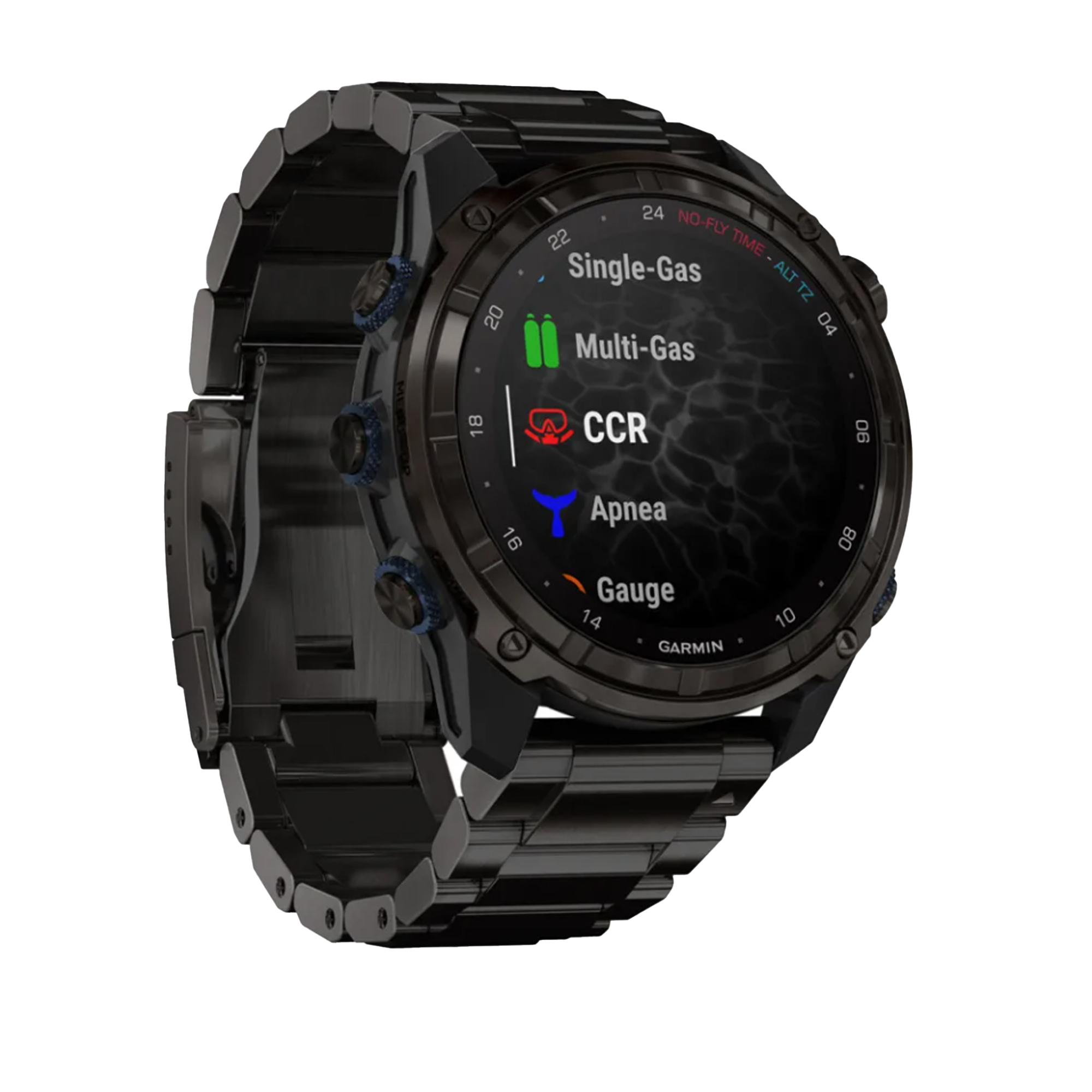Navigation
The Miflex Low Pressure (LP) BCD/Inflator/Jacket Carbon Pink colour hoses are supplied fitted with a standard Seatec style fitting, with an internal Schraider type valve and a 3/8" UNF male thread (to connect to the 1st stage regulator). There is a range of standard sizes to suit your requirements.
These hoses are suitable for the majority of BCD and Jacket connections, plus dry suit inflator connections, where a standard quick release coupler is utilised. But there are some fittings that require a different Quick Disconnect fitting. These we accommodate in our range with the use of adaptors that can be fitted to our regulator hoses (to convert them to an inflator hose).
The Jawbone, Williamstown
![]() Shore Dive |
Shore Dive | ![]() Shore access
Shore access
![]()
![]()
![]()
![]()
![]()
![]()
Depth: 2 m (6.56 ft) to 6 m (20 ft)
Level: Open Water and beyond.
The Jawbone, Williamstown diving and snorkelling site lies on the eastern side of Jawbone Bay and is about exploring East Point on the eastern side of the Jawbone Marine Sanctuary, and in front of the fishing clubs in Bayview Street. This popular snorkelling and diving site faces south-west into Jawbone Bay and Port Phillip.
The Jawbone, Williamstown dive site is dominated by basalt boulders with encrusting worms and mussels. Numerous sea-stars and crabs inhabit the crevices, while shrimps and small fish dart amongst the weeds.
Diving and Snorkelling at The Jawbone, Williamstown
The water in Jawbone Bay is shallow, especially at low tide, so best dived at high tide, especially if you're snorkelling and want to explore the intertidal reefs. There is lots of seagrass with pipefish to be found nearly all of the time.
Jawbone Marine Sanctuary is mostly a rocky reef community with extensive intertidal and subtidal reefs occupying half of the sanctuary. The intertidal reef is characterised by molluscs, in particular herbivorous gastropods including the Variegated Limpet, Blue Mussel, Scaled Nerite, Striped-mouth Conniwink, Ribbed and Zebra top shells. Carnivorous molluscs, including Wine-mouthed Lepsiella, and the encrusting tubeworm Galeolaria, occur in the lower intertidal area.
The subtidal reef consists of large basalt boulders providing a complex habitat. The subtidal reef is covered by sponges, encrusting coralline algae and large areas of the temperate hard coral Plesiastrea versipora. These provide habitat for many sessile invertebrates, including the very abundant Common Sea Urchin and Black-lip Abalone as well as many crustaceans, seastars, molluscs and nudibranchs. Common fish species include the Southern Hulafish, Zebra Fish, Dusky Morwong and Six-spined Leatherjacket. Dumpling squid, Wollongong bugs, sand octopuses, tiny seahorses, clingfish and crabs have been spotted here.
Common free-swimming animals include squid, sharks, rays and bony fish such as whiting, garfish and mullet.
More protected than Williamstown Beach Breakwater (Crystals), so a good site to dive instead when the wind is up. There are many spots to dive here in all directions. The further south you go the deeper it gets and there are also colourful corals to be spotted here.
Location: Esplanade, Williamstown, Victoria 3016
MELWAY Ref: Page 55 K11
Parking: There is roadside car parking available in the Esplanade, between Bayview Street and Victoria Street, fronting Gloucester Reserve, Williamstown. From Melbourne take the West Gate Freeway (M1) and turn left onto Melbourne Road (37) and at the end, turn right onto Kororoit Creek Road. Turn left into to Victoria Street or Bayview Road until you get to the Esplanade. Before gearing up check out the water. If you see lots of white water, head on home.
Facilities: There are no local facilities for changing or toilets.
Warning: Always go with a buddy and be extremely careful. Make sure you tow a dive buoy with dive flag.
Access: It's a long 250+ metre walk from the parking on Esplanade, back into Bayview Street, along the Bay Trail bike way, and down to the entry point at just north of East Point in Jawbone Bay. The dive takes you around East Point to exit at Gloucester Reserve in front of the Esplanade. With the right conditions, the dive route can be done in reverse, starting with a 90 metre walk across Gloucester Reserve to the water. Of course, you can also enter and exit from the same location.
Ideal Conditions: There is little background swell in this part of Port Phillip — the water is calm when the wind is still. In moderate winds the waves are choppy and under 0.5 metre. Best with light to moderate offshore northerly to easterly winds, or light onshore south-easterly to north-westerly winds. Protected from rain runoff. Best dived at high tide as this allows snorkellers better access to the intertidal reefs. See WillyWeather (Williamstown Beach) as a guide for the tide times and the height of the tide.
Jawbone Marine Sanctuary
This site is located within the Jawbone Marine Sanctuary, which is the most northern marine sanctuary in Port Phillip. Jawbone Marine Sanctuary, named after its shape, is located in Williamstown and protects 30ha of coastal waters. The little promontory, west of the beach at Williamstown, has been fenced off from the rest of the world for over 80 years by a coastal rifle range. This unspoiled place is now considered a haven for coastal and marine life right next to Melbourne. It is a great scenic place for children to play too.
The Jawbone Marine Sanctuary begins west of the fishing clubs in Bayview Street, Willamstown, and runs west 1.9 km along the foreshore around the Jawbone to wader beach south of McGuire Crescent. It abuts the Jawbone Flora and Fauna reserve and extends from the high water mark to a maximum of 300 metres offshore.
The sites for diving and snorkelling within the Jawbone Marine Sanctuary are:
- The Jawbone, Williamstown (Melway Map 55 J10)
- The Jawbone West, Williamstown (Melway Map 55 J10)
- Ester
- Carmen
- Agnes
Aboriginal tradition indicates that the sanctuary is part of Country of Boon Wurrung people.
More protected than many sites in the area, so a good site to dive instead when the wind is up a bit. There are many spots to dive here in all directions.
Jawbone Wrecks
The sanctuary was used as a scuttling ground for ships that had outlived their usefulness. The exposed location, rocky bottom, proximity to Williamstown and restricted public access made it an ideal place to scuttle wrecks.
Along the west edge of Jawbone are the remnants of some shipwrecks including: Agnes, Carmen, Ester, Macedon, and Salsette. The Kakariki, Orange Grove, and Baldrock also lie nearby, plus there are other unidentified wrecks.
Also not far from Jawbone are the remains of a Vultee Vengeance Aircraft.
See also Park Note: Jawbone Marine Sanctuary,
Parks Victoria: Jawbone Marine Sanctuary,
Jawbone Marine Sanctuary Care Group,
Taxonomic Toolkit for the Marine Life of Port Phillip Bay, and
How To Assess Visibility Before Heading To Snorkel Sites In Port Phillip / Western Port — by Simon Mustoe, 20 January 2022.
You are not permitted to carry a spear gun while snorkelling or scuba diving in Jawbone Marine Sanctuary.
Traditional Owners — This dive site is in the traditional Country of the Boon Wurrung / Bunurong people of the Kulin Nation. This truly ancient Country includes parts of Port Phillip, from the Werribee River in the north-west, down to Wilson's Promontory in the south-east, including the Mornington Peninsula, French Island and Phillip Island, plus Western Port. We wish to acknowledge the Boon Wurrung as Traditional Owners. We pay respect to their Ancestors and their Elders, past, present and emerging. We acknowledge Bunjil the Creator Spirit of this beautiful land, who travels as an eagle, and Waarn, who protects the waterways and travels as a crow, and thank them for continuing to watch over this Country today and beyond.
The Jawbone, Williamstown Location Map
Latitude: 37° 52.037′ S (37.86729° S / 37° 52′ 2.24″ S)
Longitude: 144° 53.021′ E (144.883681° E / 144° 53′ 1.25″ E)
Datum: WGS84 |
Google Map
| Get directions
Added: 2012-07-22 09:00:00 GMT, Last updated: 2022-04-17 18:03:03 GMT
Source: Google Earth
Nearest Neighbour: Jawbone Marine Sanctuary, 180 m, bearing 300°, WNW
Jawbone Marine Sanctuary.
Williamstown, Port Phillip.
Depth: 2 to 6 m.
[ Top ]
DISCLAIMER: No claim is made by The Scuba Doctor as to the accuracy of the dive site coordinates listed here. Should anyone decide to use these GPS marks to locate and dive on a site, they do so entirely at their own risk. Always verify against other sources.
The marks come from numerous sources including commercial operators, independent dive clubs, reference works, and active divers. Some are known to be accurate, while others may not be. Some GPS marks may even have come from maps using the AGD66 datum, and thus may need be converted to the WGS84 datum. To distinguish between the possible accuracy of the dive site marks, we've tried to give each mark a source of GPS, Google Earth, or unknown.
Copyright © 2005-2022 by The Scuba Doctor Australia, ABN 88 116 755 170. All rights reserved.
tel. +61 3 5985 1700 :: email. diveshop@scubadoctor.com.au :: Web site by it'sTechnical 2022

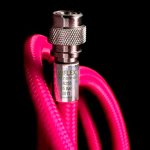

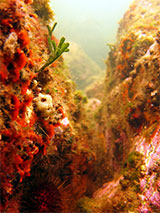
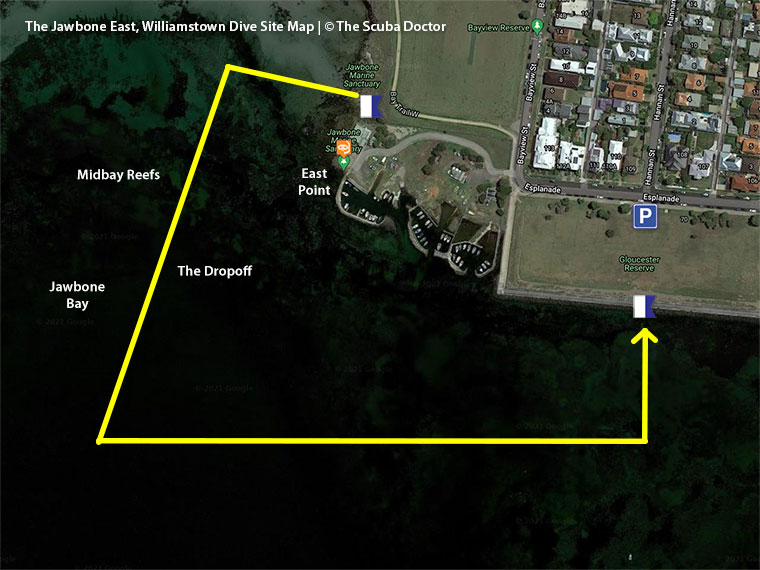
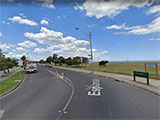
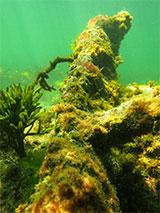
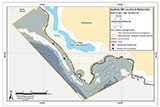
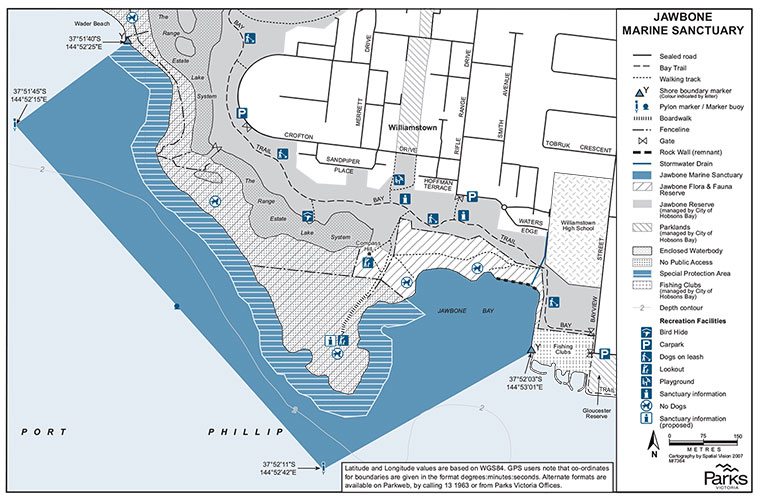
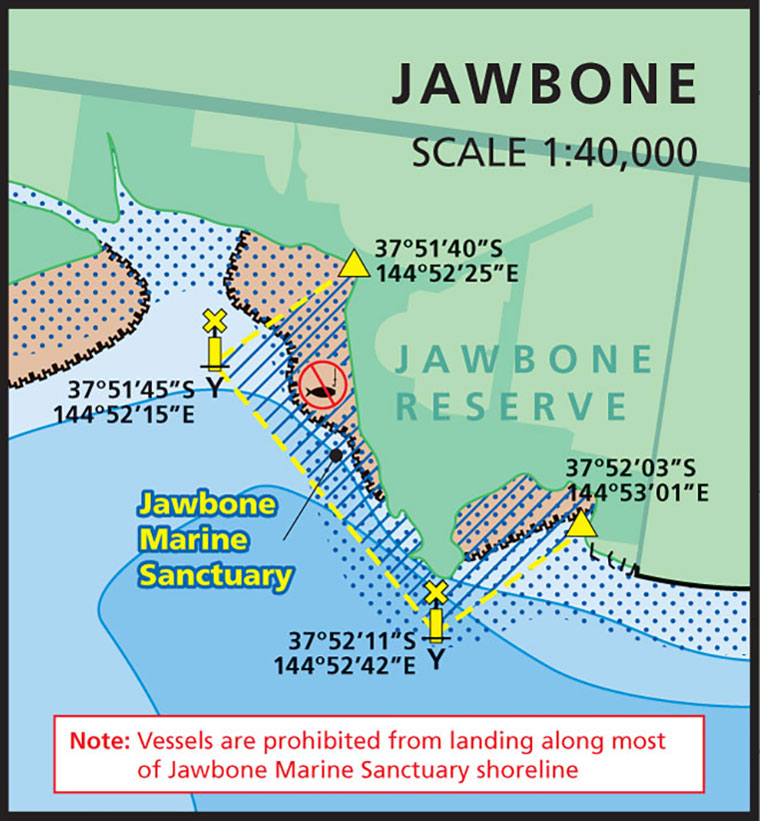
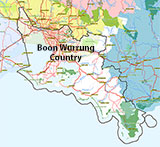
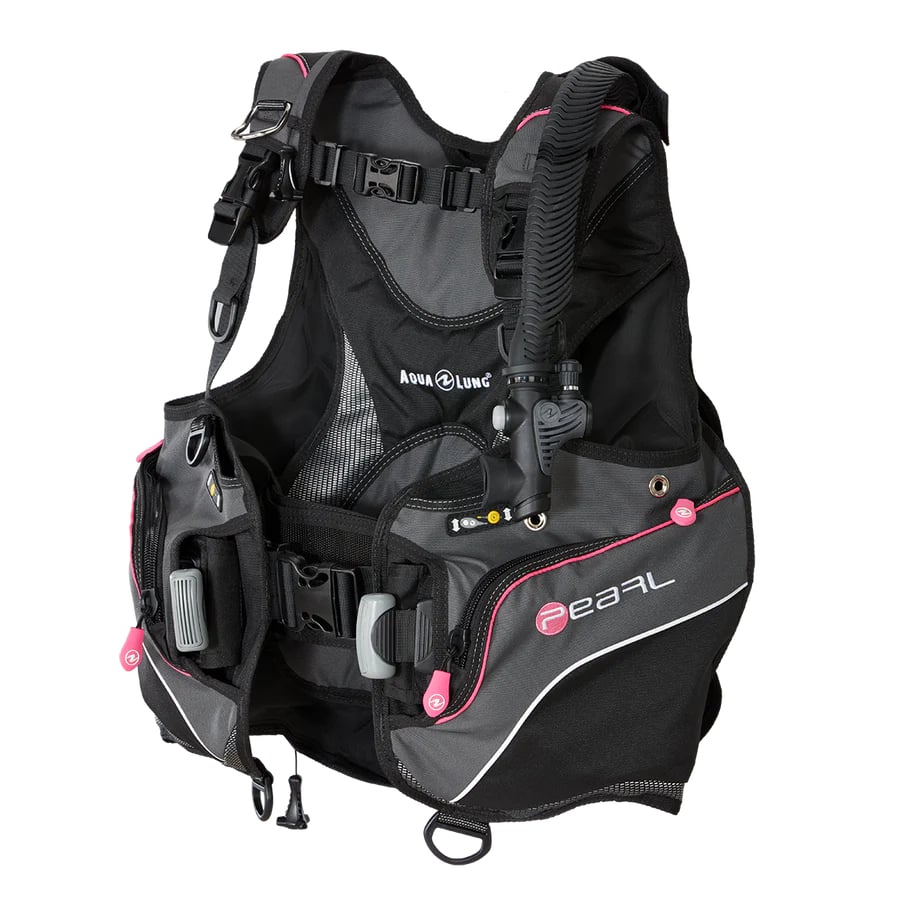


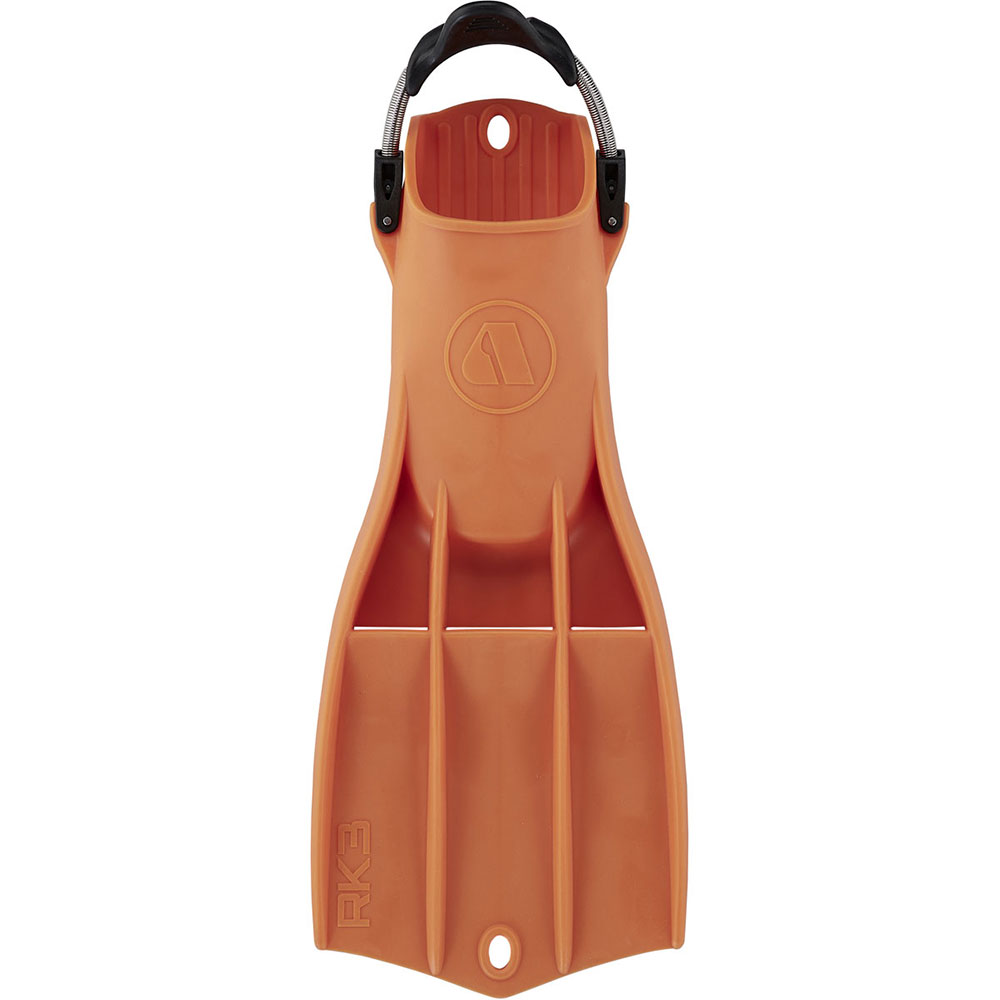






![Halcyon Infinity 30lb System [SS Small Backplate] Halcyon Infinity 30lb System [SS Small Backplate]](/diveshop/images/halcyon/Halcyon-Evolve-Wing.jpg)

